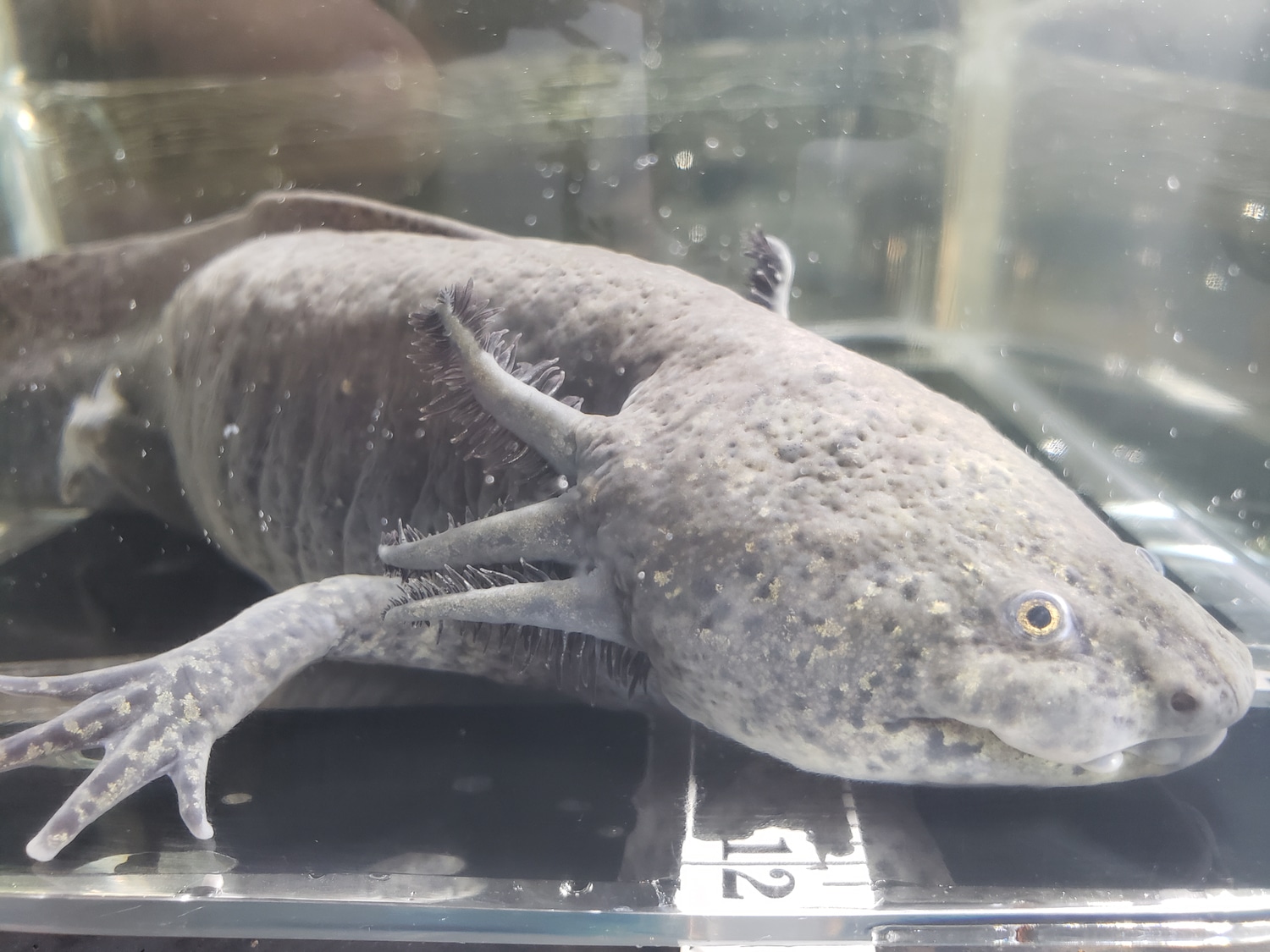High Iridophores
Type: Polygenic
Aliases: HI
Issues: N/A
First Produced In: Unknown
Availability: Lower
Last Updated: 2022-02-21
Do you have any suggestions or corrections for this article?
Click here to contribute feedback
About
History
No history yet
Appearance
Controversy
Strohls Herptiles - We’ve seen a lot of posts lately with pics of “high-iridophore” animals. Some of these really are HI, and others are definitely not. So just to clarify: high-lridophore means the animal produces an excess of iridophores - as in, it looks like a confection rolled in coarse sugar crystals. Every part of the body should sparkle like an ornament.
Please note that this is controlled by multiple sets of genes - what geneticists call a polygenetic trait. Similar to skin color in humans, there is a lot of variation. By selecting parents with the highest iridophore production in each generation, more and more iridophores are produced. Also note that this is NOT the same as “starburst”.
There is a specific gene responsible for producing a starburst wild (or copper) that controls the distribution of iridophores into tight clusters, rather than spread out, as the animal matures. A starburst animal is not necessarily Hl-lridophore. HI is also not the same as “high-white”. High-White is produced by an uneven distribution of xanthophores, resulting in patches of skin that have very little pigment between dense yellow/orange patches. Even a melanoid animal can be high-white.
As adults, HI Golds will sparkle all over. The Iridophores are smaller in adults, but densely distributed over the whole body.
Proven Lines
No known proven lines
Related Traits
No known related traits
Combos
- Moonburst (Copper High Iridophores)
- Sunburst (Golden Albino High Iridophores)




